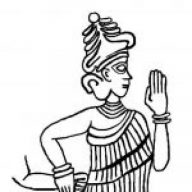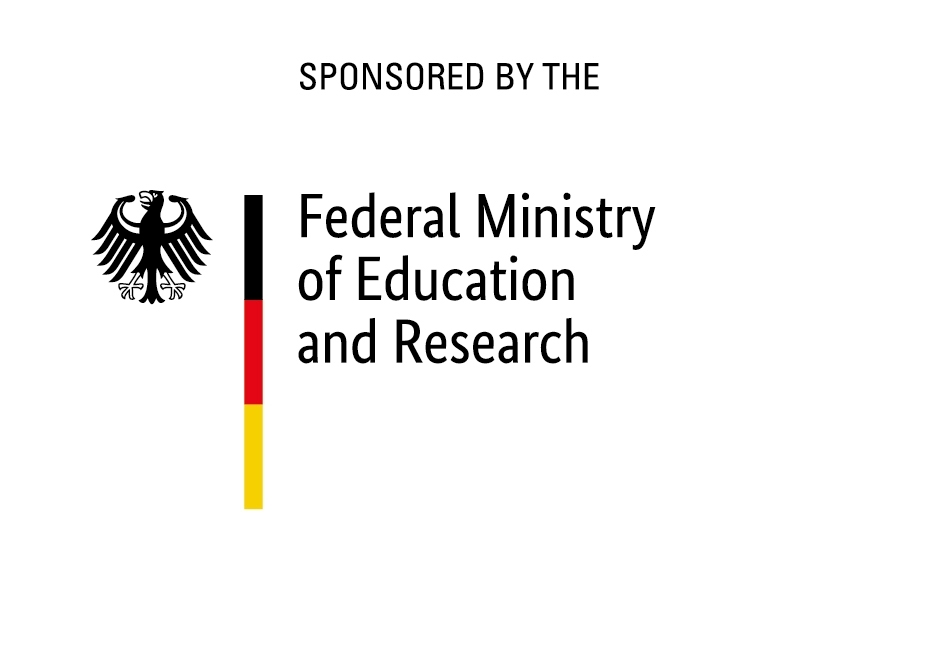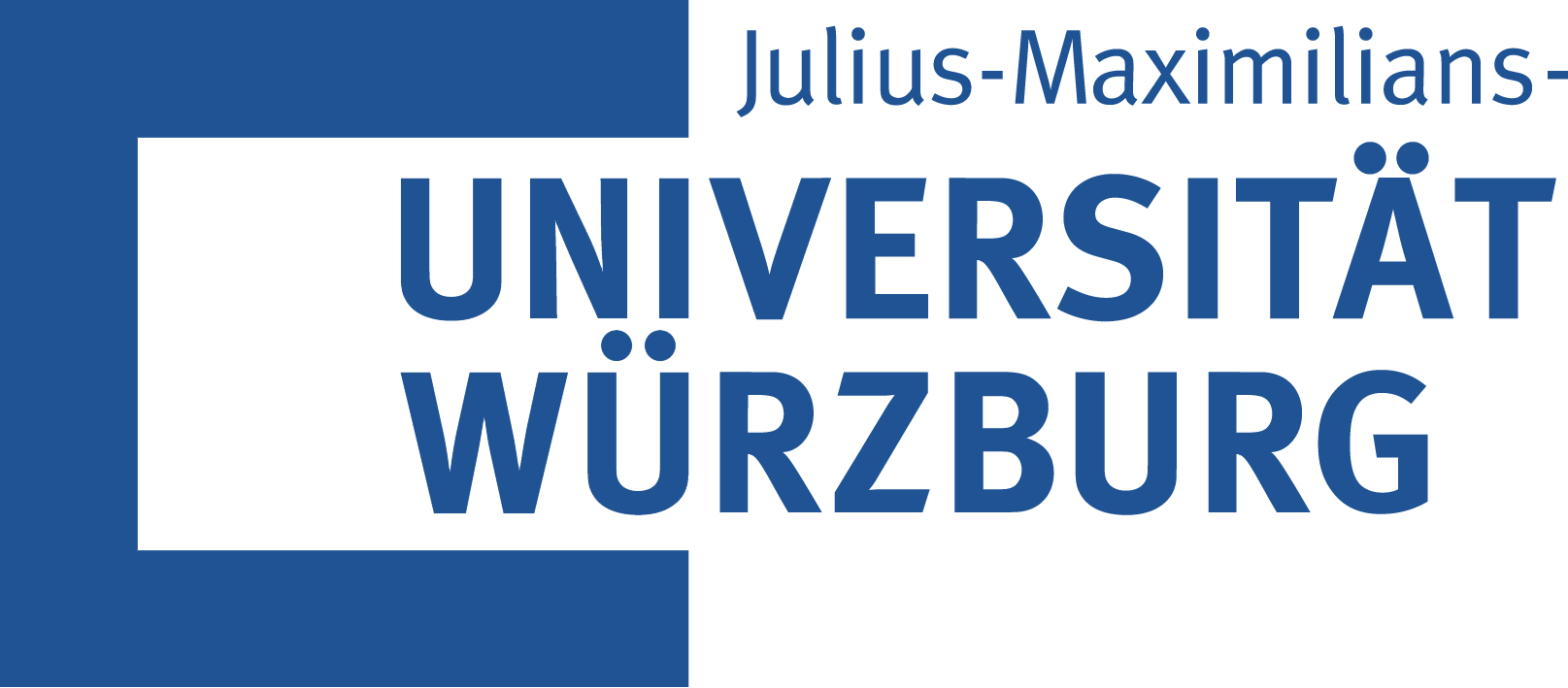...to the "Annotated Corpus of Ancient West Asian Imagery: Cylinder Seals" (ACAWAI-CS)!
This website is currently under construction. It will provide access to a large corpus of cylinder seals and seal impressions from ancient Iraq and Syria dating from the third to the first millennium BCE. The ACAWAI-CS project works on the segmentation and indexing of the pictorial and textual contents of these seals, following controlled vocabularies and linking them to authority files.
The project uses WissKI (Wissenschaftliche Kommunikationsinfrastruktur - Scientific Communication Infrastructure) as its digital infrastructure. Its data ontology is modelled according to the CIDOC-CRM.
About us
Since October 2022, the ACAWAI-CS project is based at the Institute of Near Eastern Archaeology of the Freie Universität Berlin (FU). The project started in November 2020 at the Institute of Near Eastern Archaeology of the Ludwig-Maximilians-Universität München (LMU), and continued from October 2021 to September 2022 at the Institute of Ancient Near Eastern Studies of the Julius-Maximilians-Universität Würzburg (JMU). ACAWAI-CS receives funding from the eHeritage programme of the German Federal Ministry for Education and Research (BMBF, FKZ: 01UG2041X). From its beginnings, Adelheid Otto, chair of Near Eastern Archaeology at LMU Munich and renowned specialist of cylinder seals, supported the project. We gratefully acknowledge technical support from the LMU IT-Gruppe Geisteswissenschaften and the JMU Zentrum für Philologie und Digitalität.
ACAWAI-CS is headed by Elisa Roßberger. As a Near Eastern archaeologist with a research focus on the Bronze Age cultures of Iraq and Syria, she aims to interconnect our knowledge on ancient artefacts and images in digital space.
Anna Kurmangaliev is the second Near Eastern archaeologist in the team. She specialises in the iconography of Mesopotamian gods and goddesses. In her function as supervisor for all data entry, Anna will spot every mistake in a spreadsheet at a glance.
Margherita Andrea Valsecchi Gillmeister joined the project with its move to FU Berlin. Her ongoing work on a PhD dissertation in ancient Near Eastern landscape archaeology and pottery studies taught her the importance of rigorous data management — a skill always welcome in ACAWAI-CS.
Since its move to Würzburg, Herbert Baier and Kevin Chadbourne oversee the project's technical infrastructure and steer it through the adventurous seas of Semantic Web Technologies and Linked Open Data.
Albert Dietz was part of the project from November 2021 to September 2022. With his recent PhD on the iconography of ancient Near Eastern storm-gods (LMU Munich 2020) and his keen interest in everything visual & digital, he fitted perfectly into the ACAWAI-CS team of seal aficionados.
Cuneiform specialist Nathan Morello worked for the project in 2021, turning numerous Sumerian and Akkadian seal inscriptions into something readable and searchable by archaeologists (!) and machines alike.
Matan Atad, computer scientist and TUM graduate student in Artificial Intelligence/Machine Learning joined ACAWAI-CS already in its inital stages. His specialist knowledge allows us to move faster and in an increasingly automated manner through the extraction of named entities from texts and the annotation of images. He introduced ACAWAI-CS to the world of machine learning and object detection making tedious manual processes more efficient and fun.
Computer scientist and game engineer Hanieh Arjomand-Fard oversaw the the project’s data management in 2020 and 2021.
Our student assistants, Marco Wolf, Anna Schellkopf, Elena Sher, Lisa Hlavica, Konstanze Hofbauer, and Georg Jacques were/are in charge of data entry on all aspects (material, visual and textual) of seals and seal impressions. Without their work, the ACAWAI-CS database would be empty! 🙏
What was DigANES?
The aim of the DigANES-project was to develop a “Concept for the Digitization and Labeling of Ancient Near Eastern Seals and Sealings”. Funded by the German Federal Ministry of Education and Research (BMBF, FKZ 01UG2041X) and carried out at the Institute of Near Eastern Archaeology at LMU Munich, it was successfully completed in November 2017. Data entry continued during 2018 and 2019 with a focus on Babylonian second millennium BCE seals and sealings. The full DigANES-project report is available here.
The database and Linked Open Data concept developed in the course of DigANES will be implemented now in the “Annotated Corpus of Ancient West Asian Imagery: Cylinder Seals” (ACAWAI-CS). We thank all contributors to DigANES for their great work! It will proof essential for the years of digitization and semantization of ancient West Asian imagery that lie ahead of us.
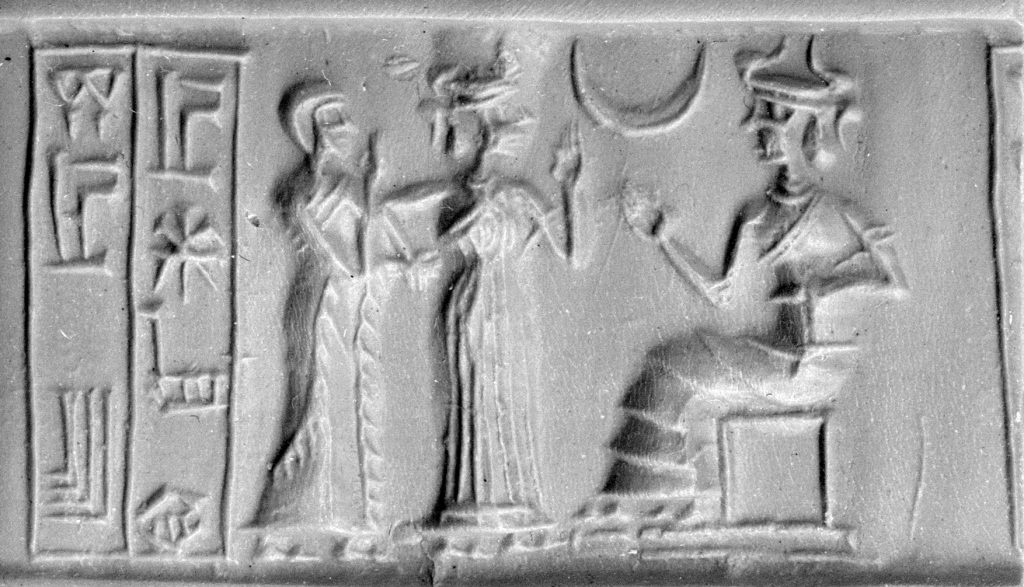 |
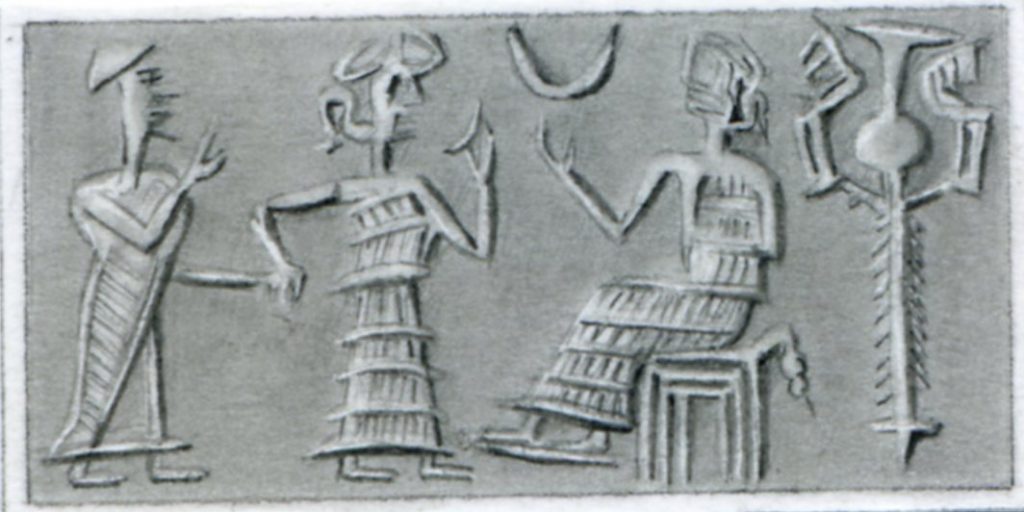 |
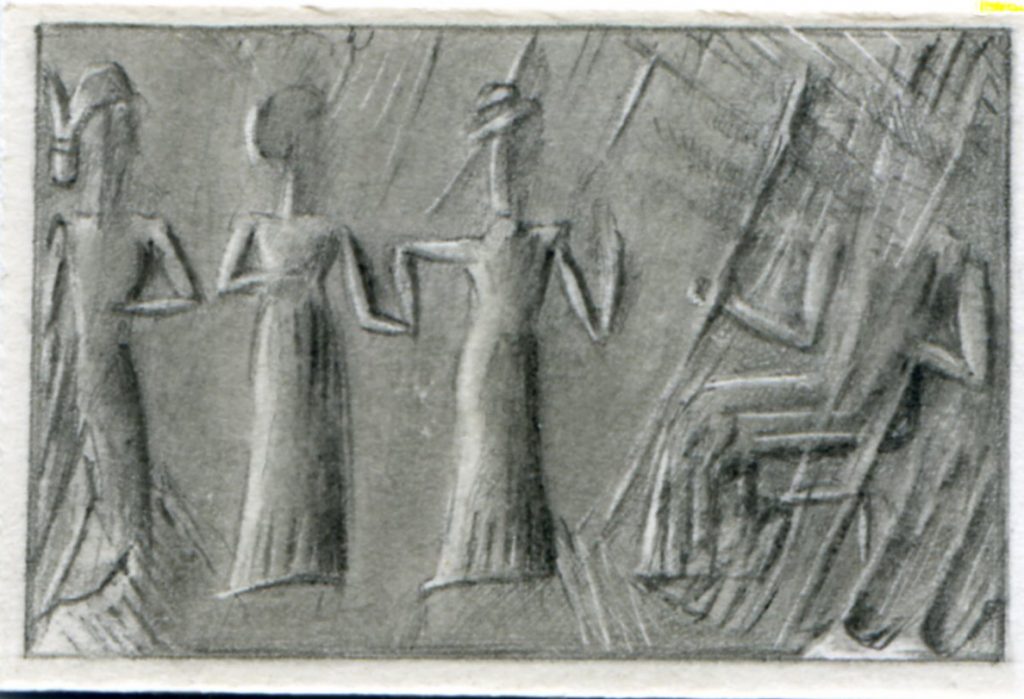 |
A goddess in a flounced dress with one hand raised and the other grasping the wrist of the person following behind — like in the logo (drawn by A. Kurmangaliev) at the top of this webpage — typically introduces humans to enthroned gods and goddesses on late third and early second millennia BCE cylinder seals (modern roll-out of BM 129488 photographed at the LMU Institute of Near Eastern Archaeology and two seal impressions from Isin drawn by C. Wolff, LMU Isin Archiv).
